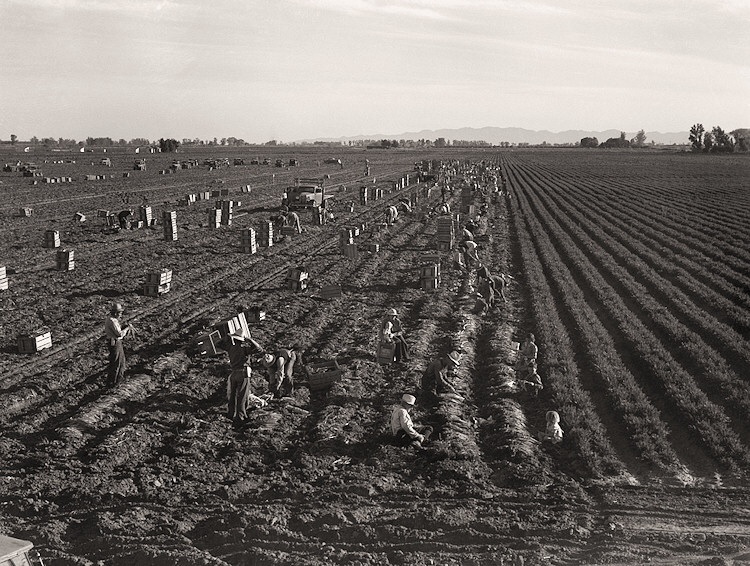
HISTORY
Conservation Districts had their start in the 1930’s when the United States Congress enacted the Soil Conservation Act, in response to National concern over mounting erosion, floods and sky-blackening dust storms that swept across the Country.
Congress enacted the Soil Conservation Act on April 27th in 1935 which stated for the first time that a National policy was necessary to provide a permanent program for the control and prevention of soil erosion and directed the Secretary of Agriculture to establish the Soil Conservation Service to implement this policy. The Conservation District concept was developed to enlist the cooperation of landowners and occupiers in carrying out the programs authorized by the act.
To encourage local participation in the program, President Roosevelt sent all state governors A Standard State Soil Conservation Districts Law, with a recommendation for enactment of legislation along its lines. On March 3, 1937, Arkansas became the first state to adopt a law modeled on the Standard Act. On August 4, 1937, the first conservation district, the Brown Creek District was established in North Carolina, which was the birthplace of Dr. Hugh Hammond Bennett, the first Chief of the Soil Conservation Service. Dr. Hugh Hammond Bennett is commonly referred to as the father of soil conservation and the mastermind behind the Conservation District concept.
By 1938, twenty-seven states had followed suit, and by the late 1940s, all fifty states had adopted similar legislation. District’s laws were adopted in the 1960s by Puerto Rico and the Virgin Islands, and in the 1980s by the District of Columbia, Guam, and the Northern Mariana Islands. The Erie County Soil & Water Conservation District in New York State was formed on January 1, 1943.
The featured photo “In the Fields” by Dorothea Lange depicts the migrant workers in California in the 1930’s, many of whom left Dust Bowl states like Oklahoma and Arkansas in search of hope for better land and a steady income. Instead, many migrants found just as tough agricultural conditions upon their arrival, with low wages and an abundance of cheap labor. This image was taken in Meloland, Imperial Valley, California. – American Identity Project.